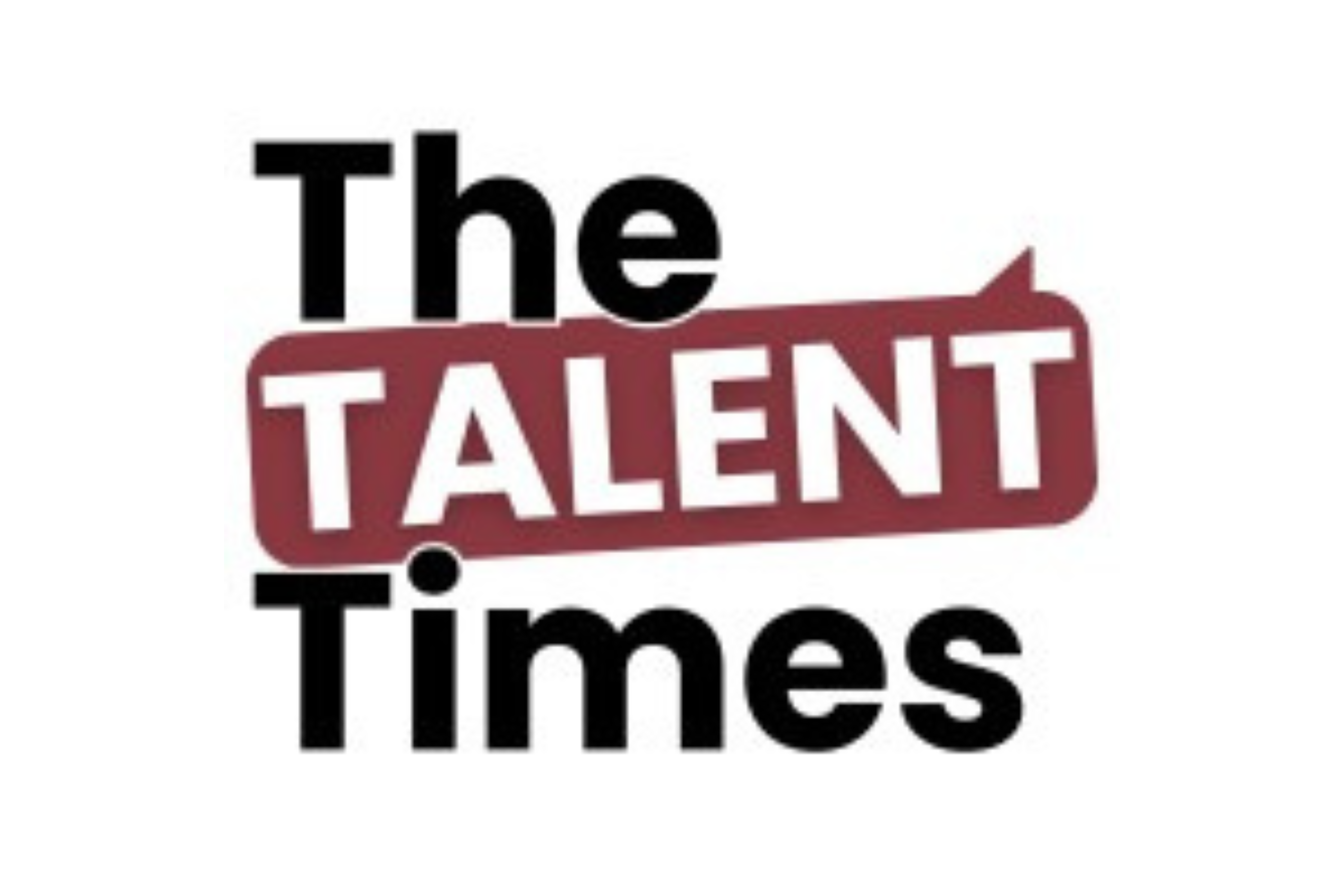Upper middle class unaware of working-class underrepresentation in senior roles
Social enterprise Creative Access & PR firm FleishmanHillard UK reveal new findings on class ceiling within creative industries
- Most creative industry professionals agree working class representation is lacking most at senior level (according to 73% of working-class individuals and 46% of upper/upper middle individuals)
- 74% agree it is harder for working-class people to land a role in the creative industries
- 70% of respondents say your class affects how you’re seen by your peers
Creative Access, a leading UK diversity & inclusion social enterprise, unveils startling research on working-class experiences in the UK’s creative sector today. In speaking to professionals from all class groups across the creative industries, findings reveal 70% believe that ‘soft’ social identifiers of class – such as where an individual went to school and your level of confidence – still affect how peers in creative industries see one another, and that class discrimination is still an issue in the workplace today.
Why now? Figures show that the proportion of working-class actors, musicians and writers has shrunk by half from the 1970s to 2022 (source: Sage Journals), this is despite 48% of the UK identifying as working class the year prior, in 2021 (source: Gov.uk).
Respondents were united in placing class representation at senior level as the most urgent topic for employers to address (two in three). However, opinions on the severity of this issue differed between class groups. 73% of working-class respondents identify a lack of senior working-class representation, and only 46% of upper middle-class respondents agree.
(Un)Equal access: what barriers do working class people face?
Unpaid internships are still common within the creative industries, with those who identify as working or middle/lower-middle class saying those from upper-class backgrounds benefit the most.
Research also reveals a stark contrast in perceptions regarding social mobility, with 44% of upper/upper-middle-class respondents believing social mobility in the UK is easier than ever, and only 16% of working-class respondents sharing this view. Black (75%), Mixed or multiple ethnic groups (78%) and Asian (64%) respondents are more inclined to observe class disparities in industry access compared to white respondents (61%).
Who’s really thriving?
Without an inclusive culture in the workplace, working-class individuals do not have the support or resources to thrive. Research showed barriers to career progression include discrimination and unequal reward: 88% of respondents said discrimination based on class is an issue in the UK. In addition, only one in three working-class respondents think they are rewarded equally for their work and contributions (in comparison 67% of upper-class people believe working class people are equally rewarded).
Redefining class
The findings reveal a disparity between working-class and upper-class individuals’ opinions of the characteristics that indicate class and the state of social mobility today. Working-class respondents were more than twice as likely (68%) to rank where someone went to school as an indicator of class, compared to upper/upper middle-class respondents (28%). Upper/upper middle-class respondents also reported ‘confidence/how someone presents themselves’ higher than working class people.
The Institute for Fiscal Studies in 2023 found that moving up the social ladder in Britain has become harder than at any point in more than half a century for children born into poor households. For example, those growing up in the north of England and the Midlands, as well as those from a minority ethnic background, find it a lot harder than others to become wealthier than their parents.
Who did we hear from?
Creative Access & FleishmanHillard surveyed two audiences. One audience is a diverse range of 200 employees in the creative industries and the other is 192 individuals of the Creative Access community. Observations were made by comparing these two groups and looking at respondents by class groups (working class, middle class and upper class).
Creative Access has put together its findings alongside its key recommendations for both employers and individuals in the creative industries around this topic. Read the report and its advice: The Class Ceiling in the Creative Industries
Bibi Hilton, CEO, Creative Access:
“Class is the one area where we really aren’t making progress in the creative industries, the research proves that access to this space is largely still based on contacts and networks which tend to be in close reach for the privileged. Our research with FleishmanHillard UK, shines a light on these inequities and hopefully kickstarts conversation and action around the stark lack of working-class representation in senior positions. It’s worrying that soft social identifiers are still influencing class prejudice and biases. But as the creative world evolves, we’re urging employers to commit to breaking down these barriers, whether it be levelling up their inclusive hiring or supporting working class staff with access to career support and mentors.”
Ben Levine, Senior Partner and Socioeconomic Steering Group Lead, FleishmanHillard, commented:
“The disparity in opinion between working class and upper-class individuals when it comes to socioeconomic diversity in the creative industries should give us all pause for thought. If we’re not aware of the challenges and barriers facing certain communities in our industry then progress will continue to be slow. The launch of this report represents an opportunity to start some of these conversations within our businesses and teams, and begin the work of understanding where and how we can do better.
It’s not a challenge that is unique to any individual organisation or even sector but in the creative industries we are uniquely positioned when it comes to shaping culture and bringing fresh perspectives to old challenges. Within our agency we will be looking again at the culture we create, the ways we assess and progress talent and how we create safe space for colleagues from all backgrounds to share their experiences and insights.”
Watch our webinar, which debuted the findings of the report and featured recommendations from a panel of experts and working class creatives alike…




